Added sugar is hiding in 74% of packaged foods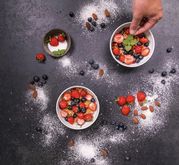 Sugar is hiding in plain sight all around us. Sugar is hiding in plain sight all around us. We tend to think that added sugar is mainly found in desserts like cookies and cakes, but it's also found in many savory and foods, such as bread and pasta sauce. And some foods promoted as "natural" or "healthy", claiming "Whole Grains", "Real Fruit" and "No High-Frusctose Corn Syrup"are laden with added sugars, compounding the confusion.
Leave a Reply. |
Archives
September 2018
Categories |

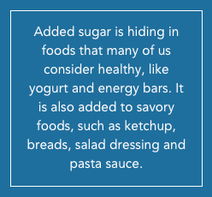
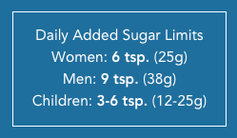
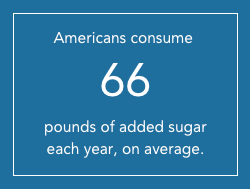
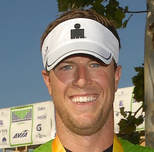

 RSS Feed
RSS Feed
